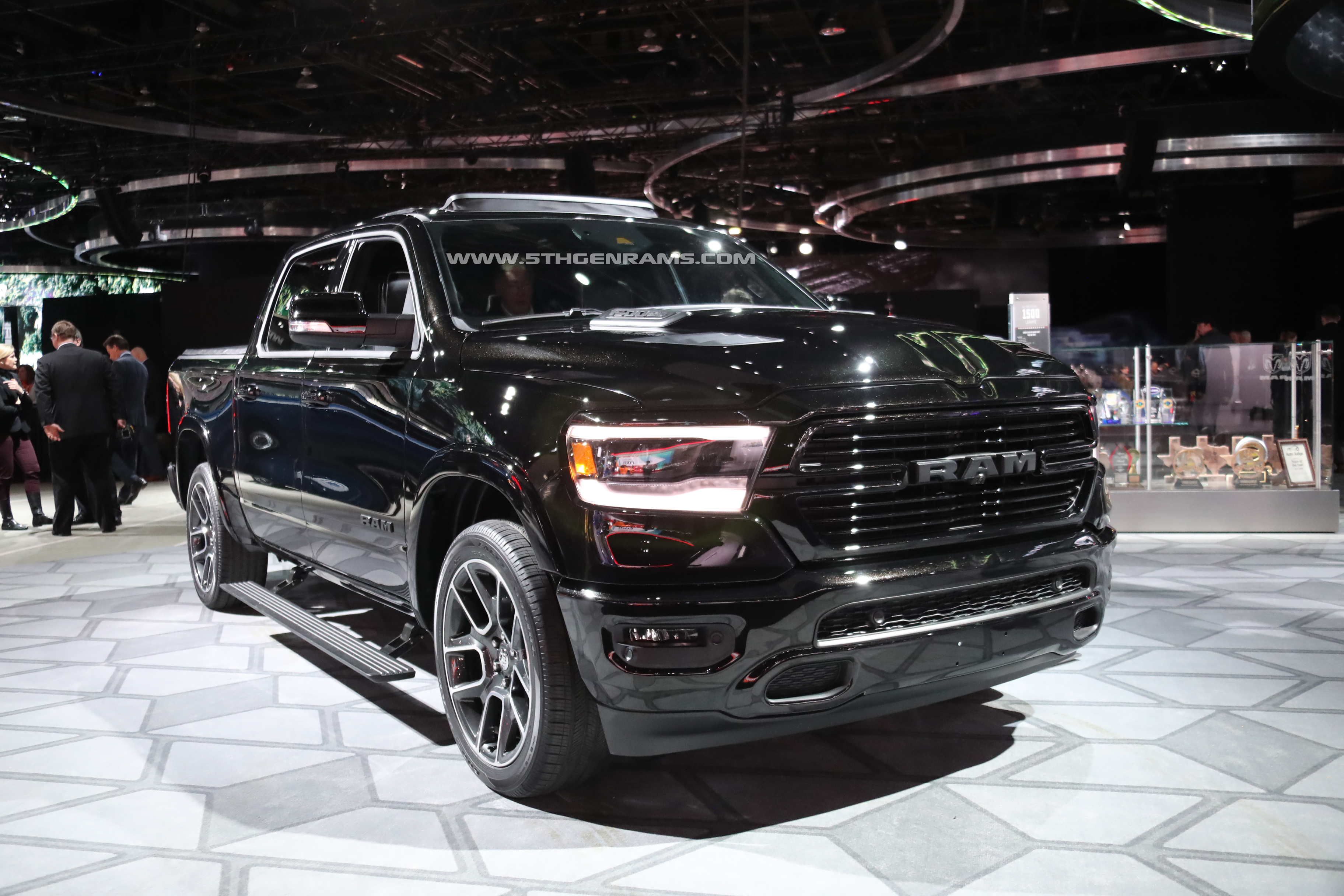threebabies
New Member
- Joined
- Dec 29, 2019
- Messages
- 4
- Reaction score
- 1
- Points
- 3
- Age
- 35
Hello Ram maniacs.
This is my first post. I plan on buying a RAM Rebel soon and have done a metric s**t ton of research on the cost. The dealer is there to turn a profit and make money. That's why they're in business. I had an absolutely horrendous experience in 2006 trying to purchase a used car in Denver which made me apprehensive of dealerships. Now that I'm about to buy a shiny new 2020 Rebel, it lead me to do the research of pricing that I'll share with yall. Let me know if any of this is madness or if, through your experience, it's factual.
1. Total Dealer Cost
The cost of the dealer pays to purchase the vehicle from the manufacturer (Invoice Price) minus manufacturer-to-dealer incentives (Dealer Discounts/Rebates), 3% MSRP holdback (FCA), and other sales quota incentives. The Holdback, Dealer Discounts/Rebates, or sales quota incentives are only paid to the Dealership After the proof of sale has been submitted to the manufacturer. The dealer will typically never want to let you know how much their slice of the pie is for the Dealer Discounts/Rebates or other sales quota incentives because that opens up negotiation for a lower price. I've seen, depending on model, month, and brand anywhere from $500 to $2,000. Regionally, these phantom dealer incentives change and are not universal. Knowing they exist is good enough tool to put in your bag for negotiating vehicle price.
2. Dealer price:
This is my first post. I plan on buying a RAM Rebel soon and have done a metric s**t ton of research on the cost. The dealer is there to turn a profit and make money. That's why they're in business. I had an absolutely horrendous experience in 2006 trying to purchase a used car in Denver which made me apprehensive of dealerships. Now that I'm about to buy a shiny new 2020 Rebel, it lead me to do the research of pricing that I'll share with yall. Let me know if any of this is madness or if, through your experience, it's factual.
1. Total Dealer Cost
The cost of the dealer pays to purchase the vehicle from the manufacturer (Invoice Price) minus manufacturer-to-dealer incentives (Dealer Discounts/Rebates), 3% MSRP holdback (FCA), and other sales quota incentives. The Holdback, Dealer Discounts/Rebates, or sales quota incentives are only paid to the Dealership After the proof of sale has been submitted to the manufacturer. The dealer will typically never want to let you know how much their slice of the pie is for the Dealer Discounts/Rebates or other sales quota incentives because that opens up negotiation for a lower price. I've seen, depending on model, month, and brand anywhere from $500 to $2,000. Regionally, these phantom dealer incentives change and are not universal. Knowing they exist is good enough tool to put in your bag for negotiating vehicle price.
Total Dealer Cost = Invoice Price - 3% MSRP - Dealer Discounts - Dealer Rebates - Sales Quota Incentives (Group Incentives)
2. Dealer price:
Here's the meat and potatoes of the information. Again, let me know if I'm wrong and need to adjust or research more.
You can infer the profit the dealership is making based off the Invoice Price. Since we have the formula above for True Dealer Cost and it's unlikely the dealer discounts/rebates are going to be shared, we can likely infer that they are receiving a flat fee or percentage based off the MSRP of the vehicle they are selling as a kickback in addition to the Holdback. FCA is known to have a 3% dealer Holdback; this is a very easy number to find. So, at minimum, 3% of the MSRP of the vehicle, regardless of the negotiated price is going to be given to the dealer for the sale of the vehicle.
Example: Ram 1500
$50,000 MSRP
$45,000 Invoice Price
3% Dealer Holdback
With an invoice of $45,000 and a MSRP of $50,000, the dealership is going to make a minimum of ($50,000 x .03) $1500 for the sale of that vehicle.
I said we could likely infer a minimum of what FCA is giving to the dealers as discounts/rebates/incentives for them to sell. We can do this by looking at the FCA employee discount. Depending on the vehicle, this employee pricing is advertised as "up to" 5% below factory invoice. A reasonable assumption can be made that dealers will still make a profit off these vehicles, although much lower, than buying at invoice price.
**I do not know the RAM FCA employee discount rate but will assume it's 5% under invoice**
If my assumption of the FCA employee discount is correct, we can reasonably assume that the dealer is only making a small percentage of these low-volume sales. For simplicity sake, I'm going to, again, assume this is 1%. That means the employee pricing (5%) is eliminating Holdback (3%) and reducing profit margin to 1% of total cost. This totals of 6% of Baked-in profit at a negotiated Invoice Price. If Holdback is included in all sales (Not sure if it is) then the figure would be 9% total Baked-in Profits.
If those assumptions hold true, the true dealer cost is closer to:
(a.) True Dealer Cost = Invoice Price - 6% Manufacturer baked-in profit - Dealer Rebates - Sales Quota Incentives
(Unknown) = $45,000 - $3,000 - Dealer Rebates - Sales Quota Incentives.
(b.) True Dealer Cost = Invoice Price - 9% Manufacturer baked-in profit - Dealer Rebates - Sales Quota Incentives
(Unknown) = $45,000 - $4,500 - Dealer Rebates - Sales Quota Incentives
From this example, a $45,000 dealer price has a profit margin of around 6% or 9% of MSRP resulting in (a.) $42,000 or (b.) $41,500 not including Dealer Rebates and Sales quota incentives.












